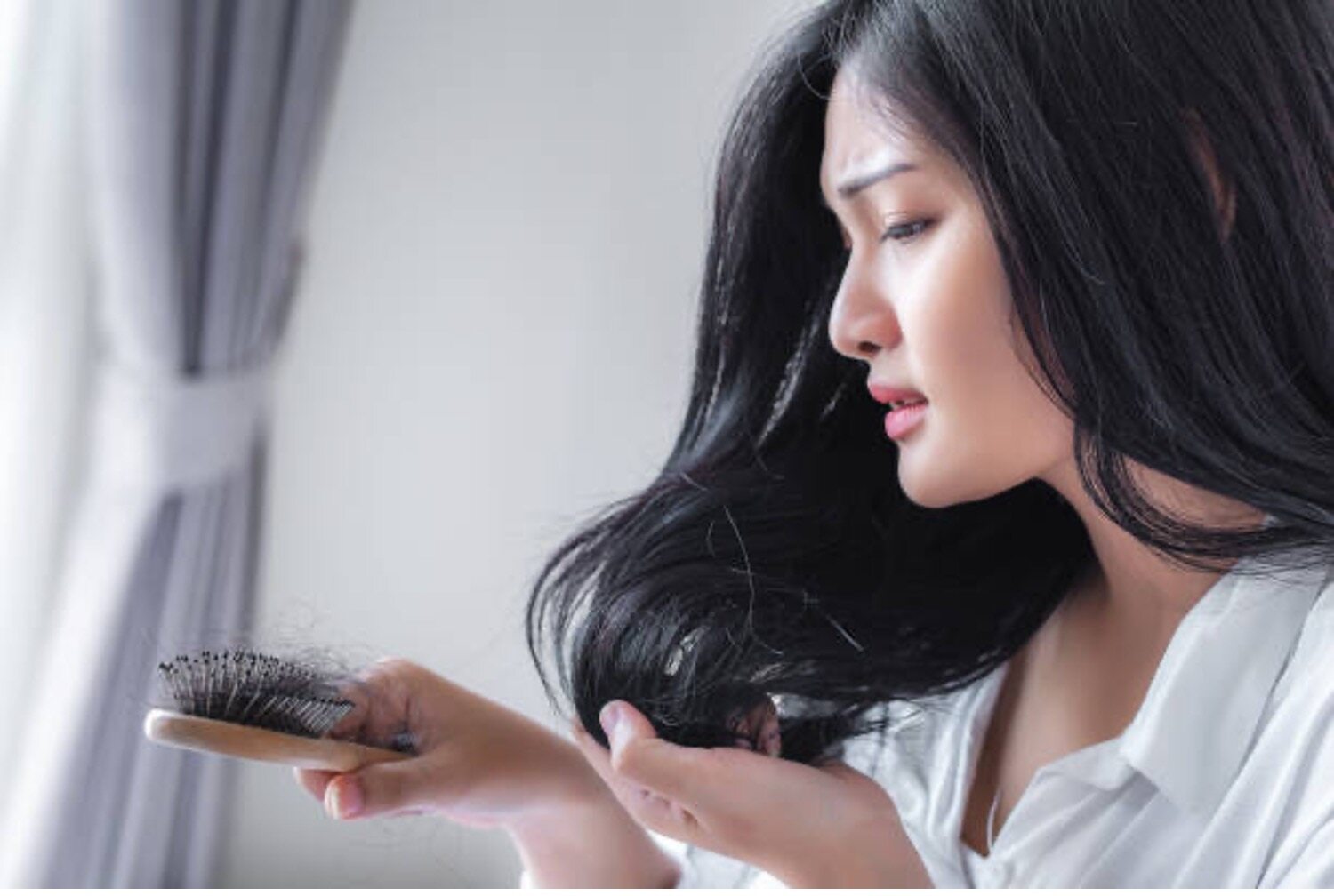- 01 How to repair damaged hair without cutting: the basics
- 02 Difference between hair fall and breakage
- 03 How to repair damaged hair without cutting
- 04 Right hair products
- 05 Essential nutrients in your diet
- 06 Swap your pillow
- 07 Be gentle while combing
- 08 Hair massage
- 09 Sleep well
- 10 Lifestyle changes
- 11 Medical treatments and supplements
- 12 FAQs about how to repair damaged hair without cutting
If you have ever experienced hair fall, thinning, and breakage problems because of brittle tresses, then we don't need to tell you just how heartbreaking these can be. Everything, from the haircare products you use to stress, erratic lifestyle and lack of nutrition can be a cause. But if you want to know how to repair damaged hair without sacrificing your length, we just might have an answer for you.
01How to repair damaged hair without cutting: the basics
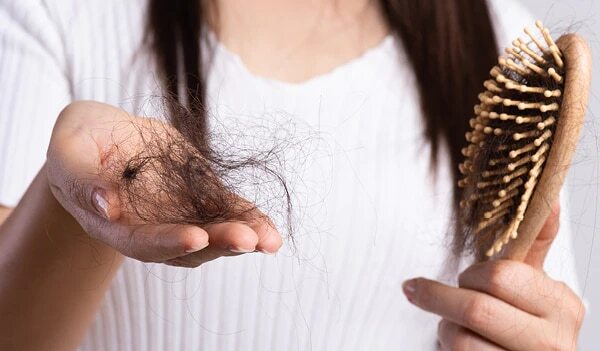
We've all tried some kind of hair treatment or the other like colouring, straightening or smoothening just to see what all the fuss is about. But if you are a treatment junkie and are constantly experimenting with your hair, you also need to take care of it so that it doesn't get damaged. Dull and lifeless hair can also be a result of scalp inflammation, strong UV rays, humid weather conditions or even your diet. Whether it is brittle hair, dry hair or split ends, it is pretty easy for your hair to ruin your mane.
But before your brain starts spiralling into several negative scenarios, hear us out. We got in touch with dermatologist Dr. Rashmi Shetty for her expert advice on how to repair damaged hair.
02Difference between hair fall and breakage
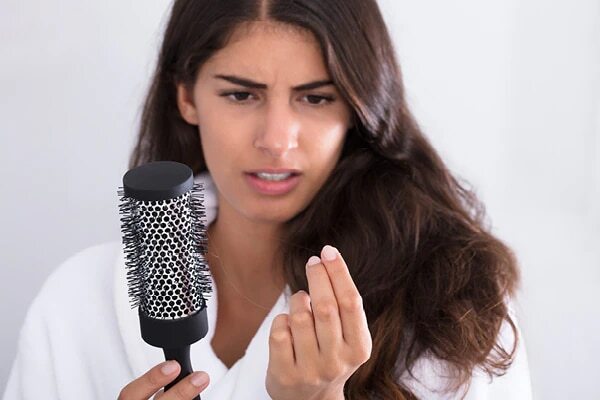
How to repair damaged hair if you are not sure what's wrong with your hair? To deal with these hair problems, first, figure out the difference between hair fall and breakage. "Hair fall is when you have hair shedding right from the root of your hair. Hair breakage, on the other hand, means your hair simply breaks from just about anywhere and has more to do with hair texture. The main cause of breakage is lack of hydration and the health of your cuticle. Your hairstyling habits, nutrition deficiencies such as lack of fatty acids and proteins or simply having curly hair can all cause breakage," says Dr Shetty.
03How to repair damaged hair without cutting
According to Dr. Shetty, while there could be many causes of hair fall, the most common ones include hormonal, nutritional and lifestyle habits. Additionally, irregular sleeping schedules and too much stress can also be major contributors to weak hair. Apart from these, several other factors such as pregnancy, menopause and ageing can also cause hair loss, especially in women. So, let's get into how to repair damaged hair without cutting your hair by tackling these problems.
04Right hair products
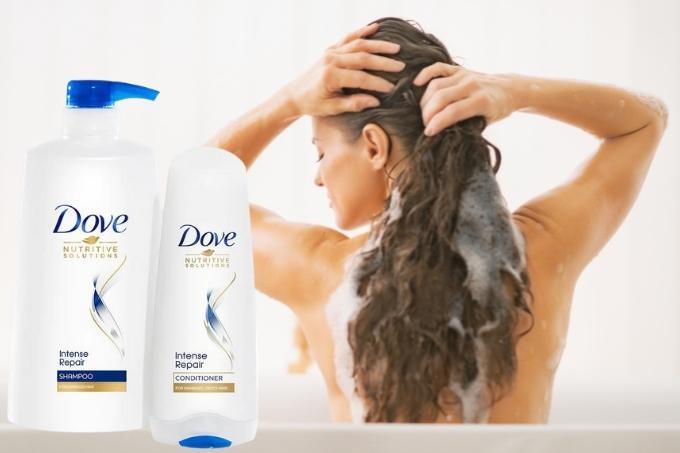
Step one is always to invest in the right shampoo and conditioner combination. It needs to do a good job of nourishing and strengthening your roots to visibly reduce hair fall and breakage. Our favourite is the paraben-free Dove Intense Repair Shampoo and Conditioner. Did you know that it is specially formulated for damaged and frizzy hair? It uses fibre actives to nourish weak strands and make them smoother and hydrated. They also make sure to seal your cuticles which means no more frizz or split ends.
05Essential nutrients in your diet
Weak hair can also be a result of nutritional deficiencies. Consuming foods rich in essential nutrients such as vitamin A, B12, B7, iron, zinc and omega-3 fatty acids can help make a difference. Make it a point to include eggs, grains, cheese, yoghurt, spinach, carrots, oats, almonds and walnuts in your daily diet.
06Swap your pillow
Simple changes like swapping your cotton pillow with a silk one can help make a difference. Cotton fabric can have an adverse effect on the texture of your hair. However, silk has a cooling effect and keeps your scalp from sweating, which, in the long run, can help with hair loss control.
07Be gentle while combing
Don't comb your hair while it is still wet. Wet hair is fragile and hence more prone to breakage. If you don't have the time and have to comb your hair, dry your hair as much as you can and first detangle the knots with your fingers. Then use a wide-toothed comb to gently go through your hair.
08Hair massage
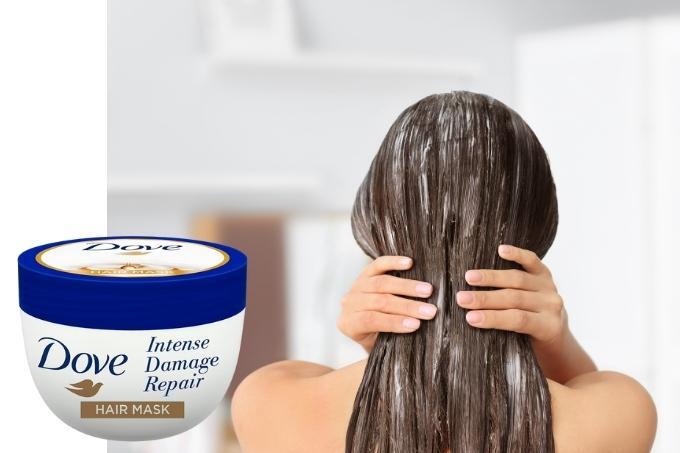
Regular hair massages that increase blood circulation to the scalp and the roots can help strengthen and nourish your hair. If you are not sure which oil will work for you, coconut oil is your best bet. This age-old remedy can assist in preventing hair fall. But if you do not like the stickiness of a champi, instead opt for a non-greasy hair mask like the Dove Intense Damage Repair Hair Mask. It uses keratin protein to repair your hair and nourish it from within. To make the most of it and get smooth hair, all you need to do is apply a generous amount to your tresses and leave it for three to five minutes before rinsing. Use it twice a week to recover your hair's health.
09Sleep well
Dr. Shetty suggests that it is also important to maintain a proper lifestyle to ensure your circadian rhythm (the internal process that regulates the sleep-wake cycle) is not disturbed. This plays a very important role in ensuring the hormones are balanced. A good sleep of at least eight hours can make a world's difference in repairing your hair.
10Lifestyle changes
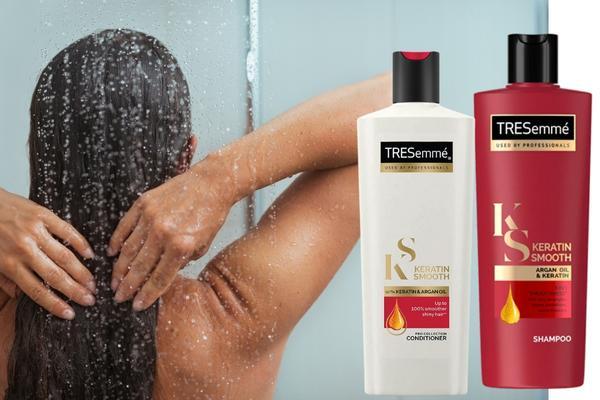
Apart from a good diet and haircare routine, you also need to have a healthy lifestyle. Your bad hair habits could also be a reason for hair fall. Make sure to avoid at-home derma roller therapies, vigorous hair massage and rough towel drying. Do not over-shampoo as it can lead to dry hair and breakage. And when you do have a hair wash, use a gentle shampoo and conditioner like the Tresemme Keratin Shampoo and Conditioner. Get a salon-like treatment with this safe combo which uses argan oil and keratin to treat your hair. It also makes use of micro-moisture technology to protect dry hair and smoothen it.
11Medical treatments and supplements
If even after trying the above-mentioned remedies, you still don't see an improvement in your hair, then maybe it is time to speak to your doctor about the possible medical treatments to deal with it. Dr. Shetty reveals some common injectable treatments:
- Platelet-rich Plasma (PRP) – The patient's own blood is centrifuged to activate the platelet's growth factors and injected into the scalp.
- Mesotherapy – Concoctions of a few medicines, vitamins, amino acids and growth factors are injected underneath a layer of the skin called mesoderm.
- Progenitor cell therapy – Growth factors are extracted from the dermal tissue and the adipose tissue and injected into the scalp. You can also undergo laser hair therapies to stimulate hair growth. Additionally, a milder and more popular hair fall treatment is hair oxygen as high-pressure pure oxygen is good for hair growth.
Supplements can also go a long way in preventing hair fall, hair loss and breakage, especially if you are not getting enough nutrition from your food. "When it comes to supplements, it could be anything from a course of multivitamins, antioxidants (to cut the oxidative damage to the hair follicles) to anti-inflammatory (to cut the inflammation along the hair follicle) to iron supplements because your hair is deficient in this," says Dr. Shetty.
12FAQs about how to repair damaged hair without cutting

Q. What happens if you don’t cut off damaged hair?
Your hair texture can get rough and lose its shine. It can also become weaker and extremely dry. But if you don't want to cut your hair, you can check out the tips above to repair damaged hair.
Q. Can damaged hair truly be repaired?
Yes. There is no type of hair that cannot be repaired with the right haircare routine. You can use gentle haircare products and hair masks to nourish your hair. If you want an instant solution, you can always cut off the split ends or dried ends.
Q. How long does it take to recover damaged hair?
If you follow a proper haircare routine, let go of bad lifestyle habits and are careful, you can see a change in about six months to a year depending on the damage done according to experts.
Dealing with hair breakage and how to repair damaged hair is actually pretty simple. Ensure that you include more fatty acids, hair oil and hydrating treatments in your haircare routine to get healthy hair.

